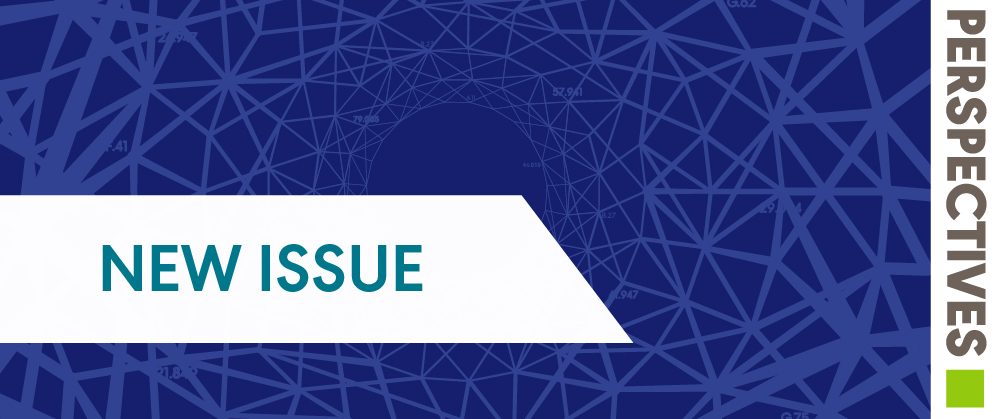The August issue of Perspectives of the ASHA Special Interest Groups contains articles from more than a dozen Special Interest Groups, each recognizing the variety of specialties and settings that you work and study in. Read below for highlights!
Swallowing, Imbalance, Reading, and More!
Exploring Current Hyolaryngeal Excursion Assessment Practice Within the United States: Individuals with reduced hyolaryngeal excursion (HLE) are at increased risk of aspiration; however, you may not be measuring HLE during a clinical swallow evaluation. These authors look at how often other speech-language pathologists (SLPs) are assessing HLE during these swallow evaluations—and the assessment methods they use.
Therapeutic Use of Transcutaneous Vagal Nerve Stimulation for Dizziness and Imbalance: An Integrative Review: Chronic dizziness and imbalance can be difficult to rehabilitate, but researchers have started to investigate a unique noninvasive means to reduce these symptoms. Learn about how this technique works—and its potential for your practice!
Visual Attention to Print During Shared Reading With Children With Rett Syndrome: The Feasibility of a Remote Research Protocol: Children with developmental difficulties can benefit from shared reading activities, and eye gaze technology can help you ensure that their attention is on the content. Researchers investigated whether or not professionals could capture and monitor children’s visual attention to print during telepractice sessions.
Developing a Social Communication Screener for Traumatic Brain Injury: Availability is limited when it comes to using standardized assessments for social communication impairment after traumatic brain injury (TBI), making it difficult for SLPs to identify and treat these symptoms. Learn how a brief, transcription-free rating scale can help you easily screen for social communication impairment in TBI.
Taking Up the Mantle: How Speech Scientists Can Fight Linguistic Discrimination: Whether you’re a speech scientist, an SLP, or a student, this article walks you through how you can combat discrimination against individuals based on how they use spoken language. Check out some of the tangible solutions available in this article!
Bridging Research and Practice
With more than 100 articles published already this year, Perspectives has something for you! Check out our archive containing more than 1,000 articles.
These featured articles are available free for the next 2 weeks, so be sure to read and share them soon! You can explore these featured articles below, or read the entire August issue on ASHAWire right now!
Featured Articles From This Issue
Birch, E. S., & Stark, B. C. (2025). Developing a social communication screener for traumatic brain injury. Perspectives of the ASHA Special Interest Groups, 10(4), 1139–1150. https://doi.org/10.1044/2025_PERSP-24-00189
Etkie, A. B., & Erickson, K. A. (2025). Visual attention to print during shared reading with children with Rett Syndrome: The feasibility of a remote research protocol. Perspectives of the ASHA Special Interest Groups, 10(4), 1300–1308. https://doi.org/10.1044/2025_PERSP-24-00310
Munson, B. (2025). Taking up the mantle: How speech scientists can fight linguistic discrimination. Perspectives of the ASHA Special Interest Groups, 10(4), 1309–1322. https://doi.org/10.1044/2025_PERSP-24-00324
Murray, K. L., Clinard, E., & Kamarunas, E. (2025). Exploring current hyolaryngeal excursion assessment practice within the United States. Perspectives of the ASHA Special Interest Groups, 10(4), 1224–1240. https://doi.org/10.1044/2025_PERSP-24-00239
Zaleski-King, A., Bogle, J. M., Williams, S., & Kuchinsky, S. E. (2025). Therapeutic use of transcutaneous vagal nerve stimulation for dizziness and imbalance: An integrative review. Perspectives of the ASHA Special Interest Groups, 10(4), 1161–1173. https://doi.org/10.1044/2025_PERSP-24-00245







